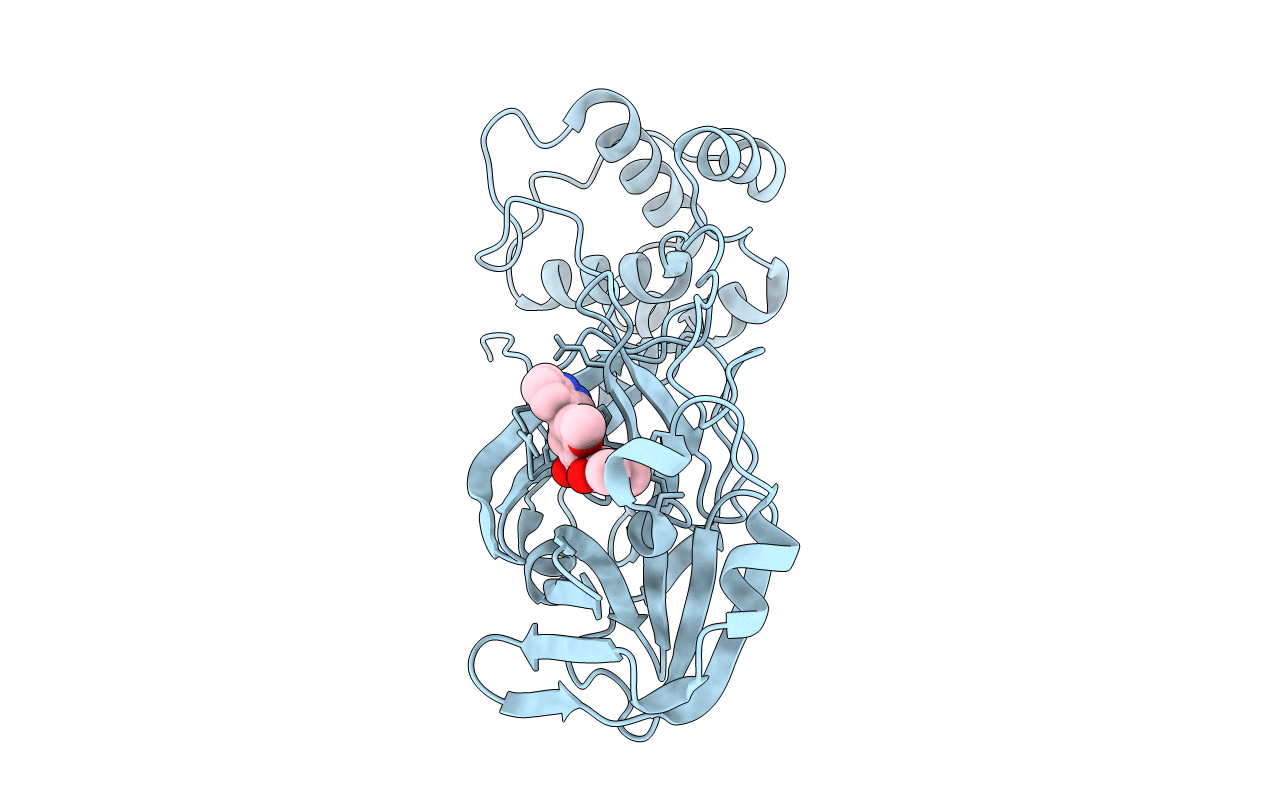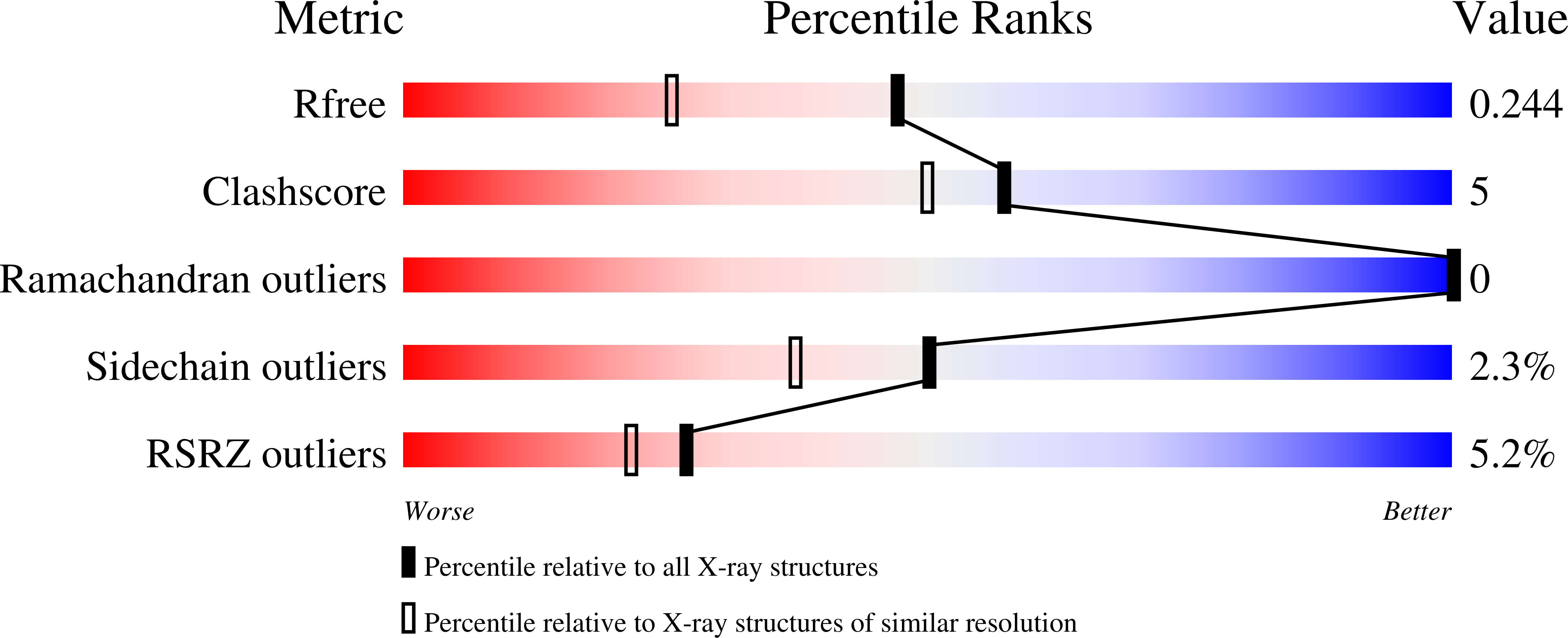
Deposition Date
2021-02-19
Release Date
2021-11-10
Last Version Date
2024-11-20
Entry Detail
PDB ID:
7LTN
Keywords:
Title:
Crystal structure of Mpro in complex with inhibitor CDD-1713
Biological Source:
Source Organism:
Host Organism:
Method Details:
Experimental Method:
Resolution:
1.79 Å
R-Value Free:
0.24
R-Value Work:
0.19
R-Value Observed:
0.20
Space Group:
C 1 2 1


